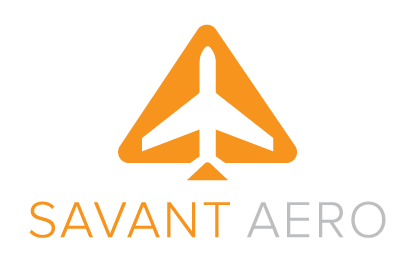A Complete Manual for Conducting International Flight Operations
Logbook
Logbook
Not only is the aircraft logbook a means of determining that the aircraft is airworthy, but it also serves as an essential component as required under ICAO Annex 16 for foreign countries to determine that the aircraft is, in fact, airworthy, and that the required maintenance, tracking, and compliance documents are on board the aircraft.
Prior to an international flight, the Logbook should
be reviewed to determine the following:
1. Next Inspection Due
9. FAA Radio Operators Certificate
The Flight Crew shall have some knowledge/documentation of maintenance status of the aircraft and when the next required inspection is due.
2. VOR Check Status
Airborne VOR check shall agree within +/- 4 degrees and the check shall have been performed within the previous 30 days within the navigation service volume of the VOR.
3. Aircraft Discrepancies and MEL status
Should an SAFA check occur, the minimum equipment list will be reviewed for accuracy. Inspectors will determine that all mechanical deficiencies are deferred, current, and appropriate for the aircraft operations being conducted. For example, TCAS may be deferrable for domestic RVSM but not for all International RVSM operations. Should an issue be found with the MEL’s, a deficiency will be recorded.
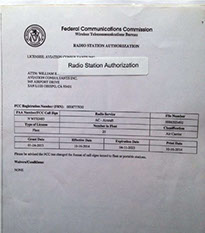 A radio operator’s certificate shall be issued to the flight crew member as well as a radio station license issued for the aircraft. According to SAFA rules the radio operator’s certificates must be on the aircraft in hard copy in order to avoid a finding. There will be an expiration on the Radio Station Authorization.
A radio operator’s certificate shall be issued to the flight crew member as well as a radio station license issued for the aircraft. According to SAFA rules the radio operator’s certificates must be on the aircraft in hard copy in order to avoid a finding. There will be an expiration on the Radio Station Authorization.
10. US Customs Visa Waiver Program
The Visa Waiver Program allows foreign nationals from designated countries to apply for admission to the United States without first obtaining a non-immigrant Visa.
11. Customs Bond
4. Current Aircraft Time
Particular attention shall be paid to ensure that the aircraft time recorded in the aircraft binder accurately reflects the flight time on the aircraft. Errors or omissions in the aircraft binder are grounds for SAFA deficiencies.
5. Aircraft Insurance
Most aircraft operators will carry a generic world-wide insurance policy. Certain countries however, require a policy specific to their country. In Mexico, for example, the policy must be in Spanish, specific to the aircraft being operated, and must be kept on board the aircraft.
6. Aircraft Owners Release
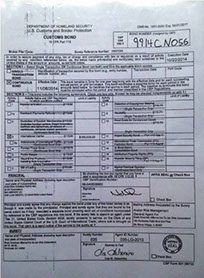 A Customs Bond is a document which ensures that U.S. Customs has financial recourse if a required act is not performed by an operator and the operator fails to pay. The Customs Bonds are issued by a third party much like an insurance policy. Customs bonds are required for any Part 135 international flights. They will be issued as either a single-entry or a continuous bond. ACI Jet currently carries a continuous bond.
A Customs Bond is a document which ensures that U.S. Customs has financial recourse if a required act is not performed by an operator and the operator fails to pay. The Customs Bonds are issued by a third party much like an insurance policy. Customs bonds are required for any Part 135 international flights. They will be issued as either a single-entry or a continuous bond. ACI Jet currently carries a continuous bond.
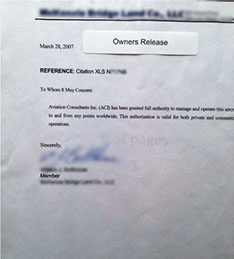 When an aircraft is being operated "for hire" as part of a 135 certificate, the owner must furnish a letter granting the operator permission to conduct flight operations to all points world wide.
When an aircraft is being operated "for hire" as part of a 135 certificate, the owner must furnish a letter granting the operator permission to conduct flight operations to all points world wide.
7. FAA Letters of Authorizations
SAFA Inspectors may request to view the company's Operations’ Specifications which are available in the ACOM on the IPADS.
8. Aircraft Noise Certificate
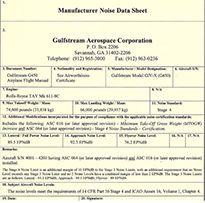 At international locations it is not uncommon to be asked for the aircraft manufacturer noise certificate. This may be contained in the AFM. Some locations also request that this document be sent by the operator in advance of the planned arrival. It is worthwhile to ask the international trip planner if it is required, or if they already have it on file.
At international locations it is not uncommon to be asked for the aircraft manufacturer noise certificate. This may be contained in the AFM. Some locations also request that this document be sent by the operator in advance of the planned arrival. It is worthwhile to ask the international trip planner if it is required, or if they already have it on file.
12. Air Carrier Certificate
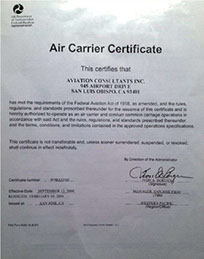 The Air Carrier Certificate is useful to have in printed form in the aircraft binder to present to fuel vendors at International Locations. Often times fuel vendors will not waive VAT or excise taxes unless it is verified that the operator is a commercial air carrier. It is also worth considering printing multiple copies in case the fuel vendor needs to retain a copy of the Air Carrier Certificate.
The Air Carrier Certificate is useful to have in printed form in the aircraft binder to present to fuel vendors at International Locations. Often times fuel vendors will not waive VAT or excise taxes unless it is verified that the operator is a commercial air carrier. It is also worth considering printing multiple copies in case the fuel vendor needs to retain a copy of the Air Carrier Certificate.
JOIN THE CONVERSATION

The material contained on this site is to be used for reference only. You should always follow your primary resources first (aircraft manuals, government regulations, etc.).
Savant Aero is no way affiliated with any aircraft manufacturers.
